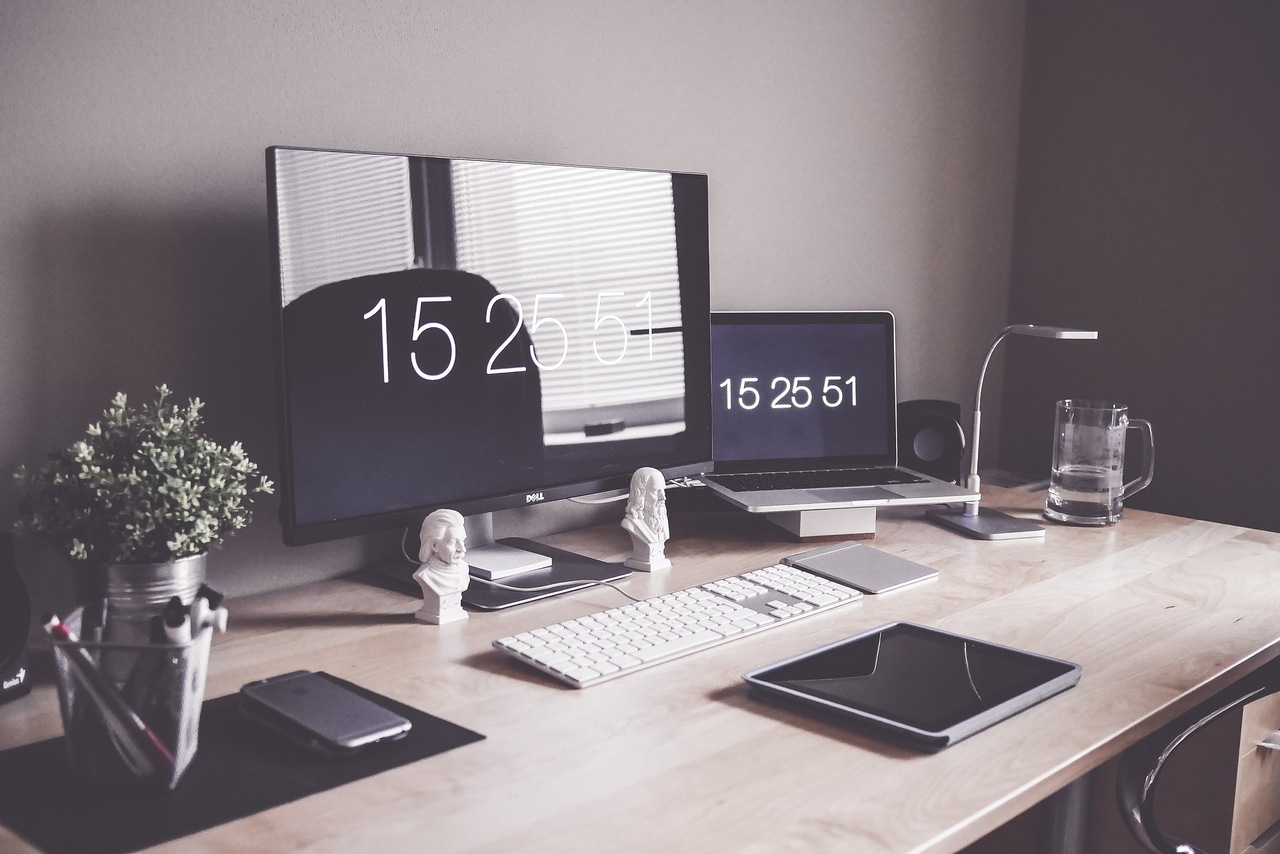How do you choose parts for a desktop computer? The actual assembly process is usually not difficult, but choosing the right components can be a real problem. It is worth to adapt them to our needs.
Housing
While components such as the process and graphics card determine the machine’s essential functioning, the choice of housing is important. First of all, it determines what types of processors and graphics cards can be installed, what are the options for peripherals, storage and cooling system. We may not plan to open the case frequently or change the installed equipment, but its choice determines the daily functioning of the computer.
We can choose one of three basic towers – full tower, medium tower and mini tower. However, we can also decide on a „computer” machine, HTPC. Case and motherboard sizes may vary. Small housings are usually more troublesome, because they are more difficult to maneuver when installing or removing components, and also because of the need to install equipment in a certain necessity. For example, there are towers that allow access to the back of the motherboard to remove the heat sink, without having to remove the entire motherboard. HTPC does not have this advantage.
The big advantage of larger housings is that we have more space to install components. Usually there is not much difference in connectivity – small enclosures can easily compete with large ones when it comes to USB ports and other options of peripherals, if they are adapted to it.
Cooling
Computer cooling options include both AMD heat sinks and Intel processors, various esoteric multi-stage freon units, and fanless devices. Most users choose more prosaic methods of air cooling.
Typical CPU coolers keep the processor at normal temperatures. They work well, even under load. We can opt for a cooler on the aftermarket, but let’s be careful. If we buy a non-original radiator, we will make sure that we thoroughly checked the orientation of the motherboard, the maximum value of the radiator (if you install them in a smaller case) and whether it makes it difficult to install RAM. The latter is a common problem. Many non-original coolers partially hang from RAM slots when installed. Most RAM memory currently has its own heat sinks, this may require installation or replacement of RAM.
Processor coolers are usually rated for their TDP or thermal computing power. This is the amount of heat that the cooler has to dissipate at a given time and should be matched to the replaced TDP CPU. It’s good to operate a cooler that can handle a 150 W TDP on a 50 W chip. Adequate cooling ensures stability and quick operation.
Motherboard
The shape of the motherboard makes the choice of our system and the possibility of expansion dependent. Our GPU and cooling options can be limited, if we decide on a small tower, the board itself should always match the available space.
processor
The processor you choose always determines the motherboard. Processors match the slots on the motherboards, which means that the motherboard must have the correct number of pins (or holes for AMD).
The combination of processor and motherboard will affect the type of RAM.
GPU
GPU prices are currently too high, so pay attention to whether it is really needed. There are one two serious problems associated with it, the physical size of the card and the total energy consumption. GPU is usually defined in terms of the number of slots that are located on the outside of the case and the physical length of the card. Cards with two slots are currently the norm. This design allows for larger, quieter cooling elements, but we will also need a larger minimum surface area in the housing.
When choosing a motherboard, we should take this into account.
Power Supply
When choosing a power supply, we must pay attention to several aspects. First, the power supply must provide sufficient power for all components in the system, with additional space at the top for a safety margin.
Secondly, consider the number of six or eight-pin GPU power plugs. Two eight-pin plugins will drive a single GPU, while four or more may be needed to configure multiple GPUs. Let’s not assume that more plugins mean that the power supply can power any GPU. Power and plugs must match the card. The power supply must also provide sufficient power for high-end GPUs, but this should not be a problem for a single GPU.
Third, consider whether we need an 80 Plus unit or something that offers a higher level of overall energy efficiency.
Let’s not buy general power from an unknown seller. Let’s not save on it.
RAM
RAM prices are currently high and may remain so until the end of 2018. DDR4 is currently the most popular memory on the market. Let’s pay attention to the price-capacity ratio.
Hard drives are a very important thing. We can choose larger but slower hard drives or faster and smaller SSD drives. In general, the latter will always be the best solution.
